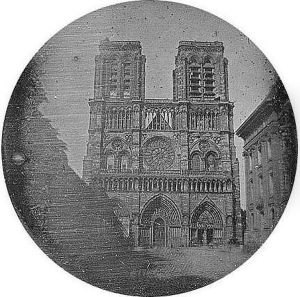Marc Antoine Gaudin Paintings
Marc Antoine Gaudin was a French painter and lithographer born in 1804 in Paris, France. Although not as widely recognized as some of his contemporaries, Gaudin contributed to the artistic scene of the 19th century, particularly in the realm of lithography. He trained under the direction of renowned artists of his time, which was a common practice for artists seeking to establish themselves in the competitive Parisian art world.
Gaudin's career unfolded during a period of significant transformation in France, which included political upheaval, the rise of industrialization, and changes in the arts. The 19th century was a vibrant time for French art, with movements such as Romanticism, Realism, and Impressionism emerging. Gaudin's work, however, was primarily rooted in the traditions that preceded these movements, and his style remained relatively academic, focusing on classical subjects and techniques.
Throughout his career, Gaudin worked on a variety of subjects, including portraits, landscapes, and historical scenes. His lithographs were well-regarded, and he contributed to the popularization of lithography as an art form in France. Lithography, which had been invented at the end of the 18th century by Alois Senefelder, was a revolutionary printing technique that allowed for the mass production of images. Artists like Gaudin seized this new technology to distribute their works to a broader audience.
Despite his dedication to art, Gaudin did not achieve the same level of fame as some of his peers. He exhibited his works at the Salon, the official art exhibition of the Académie des Beaux-Arts in Paris, but he did not become a central figure in the art historical narrative. His contributions do reflect the broader trends of his time, and his works are part of the rich tapestry of 19th-century French art.
Marc Antoine Gaudin passed away in 1880, leaving behind a modest but important legacy as a practitioner of lithography and a participant in the dynamic and evolving art scene of his day. While specific details about his life and career might be less documented than those of his more famous counterparts, his work still offers insight into the artistic practices and cultural contexts of 19th-century France.
